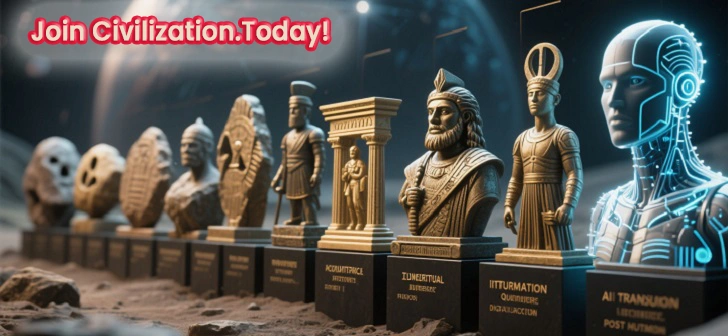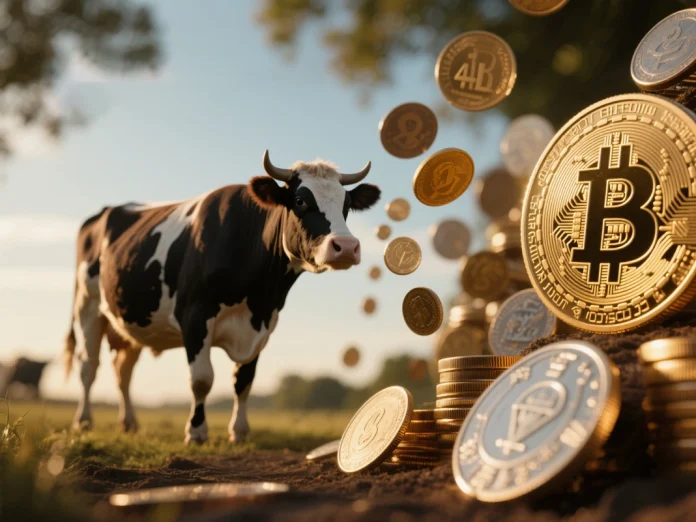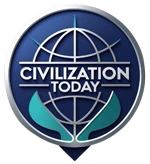Have you ever stopped to think about the money in your pocket or the numbers on your screen? It’s a system we all use, but its origins are far more bizarre and fascinating than you might imagine. Before the dollar, the euro, or even the coin, our ancestors were trading everything from cows to cocoa beans. This isn’t just a history lesson; it’s a journey into how the very idea of value was born, transformed, and is now being reinvented.
The Age of Barter: When Your Cow Was Your Currency
In the beginning, there was no money, only barter. This was a world of direct trade, where a farmer might swap a sack of grain for a tool made by a craftsman. It sounds simple, but this system had a huge problem: the “double coincidence of wants.” What if the craftsman didn’t need grain, but instead wanted a goat? The farmer would have to find someone who had a goat and wanted grain, and the chain of transactions could get incredibly complicated. This inefficiency was the driving force behind the invention of something better.
Barter wasn’t just limited to food and tools. Across different cultures, various items were used as mediums of exchange, becoming early forms of money. The most common were livestock, like cows and sheep, which were valuable for their meat, milk, and labor. This is where the word “pecuniary,” meaning “relating to money,” comes from—its Latin root, pecus, means “cattle.” Other items included shells (like the famous cowrie shells in Asia and Africa), salt, and even large, heavy stones. These items were useful, relatively scarce, and universally desired, making them the first steps toward a true currency.
The Birth of Coins: From Lumps of Metal to Standardized Value
The limitations of barter eventually led to the next big leap: the birth of currency. The first major breakthrough came with the use of precious metals like gold and silver. These were durable, divisible, and, most importantly, had an intrinsic value. Initially, people would trade these metals in lumps or nuggets, weighing them with each transaction. This was a cumbersome process, and it was hard to verify the purity of the metal.
The solution came from ancient Lydia (modern-day Turkey) around 600 BCE. They were the first to create standardized coins. These small discs of a naturally occurring gold-silver alloy called electrum were stamped with a seal, a lion’s head, which guaranteed their weight and purity. This was a game-changer. Suddenly, you didn’t have to weigh and test every piece of metal; you could simply count the coins. This innovation revolutionized trade and commerce, making transactions faster, more reliable, and more efficient. The idea quickly spread across the Greek and Roman empires, with each civilization minting its own unique coins. The power of a government to mint coins became a symbol of its authority and stability.
Paper Money and the Rise of Banking
As trade networks expanded, carrying large amounts of heavy metal coins became impractical and dangerous. The Chinese were the first to find a solution. In the 7th century, merchants started using paper “flying money” as a form of IOU (I Owe You) from a central treasury. This wasn’t money itself, but a promise that you could exchange the paper note for a certain amount of coin. The idea gained traction and by the 11th century, the Song Dynasty had printed the first official paper banknotes.
This concept eventually made its way to Europe, where it fueled the growth of banking. Goldsmiths, who had secure vaults for their valuable metals, began issuing receipts to people who deposited their gold. These receipts, or “banknotes,” could be traded as a form of payment. The goldsmiths realized that not everyone would come to redeem their gold at the same time, so they began lending out a portion of it, charging interest. This practice, known as fractional-reserve banking, is the foundation of our modern banking system. Paper money, backed by a promise of gold or silver, was far lighter and easier to use, paving the way for global commerce.
The Digital Revolution: From Plastic to Pixels
The 20th century saw the arrival of a new form of currency: the credit card. Introduced in the 1950s, this plastic card wasn’t money itself, but a promise of future payment. It marked a significant shift from physical currency to a system based on trust and a line of credit. It made transactions even easier and more convenient, moving money from a tangible item to a number in a bank’s ledger.
The 21st century has taken this one step further. With the rise of the internet, we’ve transitioned from swiping a card to tapping a phone. Digital currency—like PayPal, Venmo, or Apple Pay—has become commonplace. The money you “have” is increasingly just a number on a screen, a string of data stored in a server. This has made transactions instant and borderless, connecting people and businesses across the globe with a few clicks.
Crypto and the Future of Money: A New Beginning?
And now we stand at the precipice of another great monetary revolution: cryptocurrency. Born from a desire for decentralization and a distrust of traditional financial institutions, Bitcoin was launched in 2009. Unlike traditional digital money controlled by banks and governments, cryptocurrencies like Bitcoin and Ethereum are built on a technology called blockchain. This is a decentralized, public ledger that verifies and records all transactions without the need for a central authority.
This new form of currency is once again challenging the very idea of what money is. It’s not a physical coin, it’s not a paper note, and it’s not even a number in a bank’s ledger. It’s an algorithm, secured by cryptography, and controlled by a network of users. The promise of crypto is a world of transparent, secure, and permissionless transactions. While still volatile and in its early stages, it represents a potential return to a system where value is determined by a community rather than a central power.
From the simple trade of a cow to a coin stamped with a king’s head, to a number on your phone, and finally to a line of code, the story of money is a story of human innovation. We are constantly searching for a more efficient, secure, and trustworthy way to exchange value. The fascinating story of the birth of currency is still being written, and we are all part of the next chapter.



